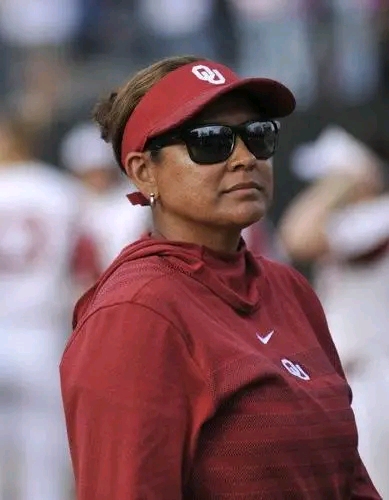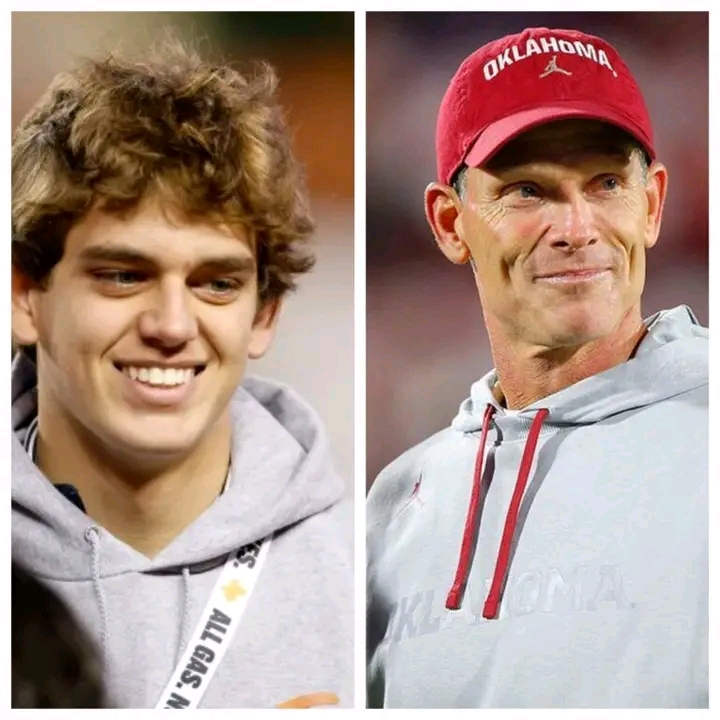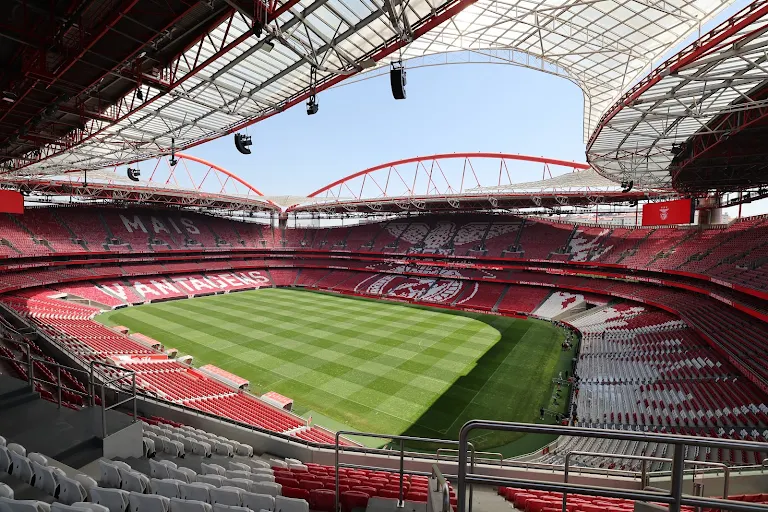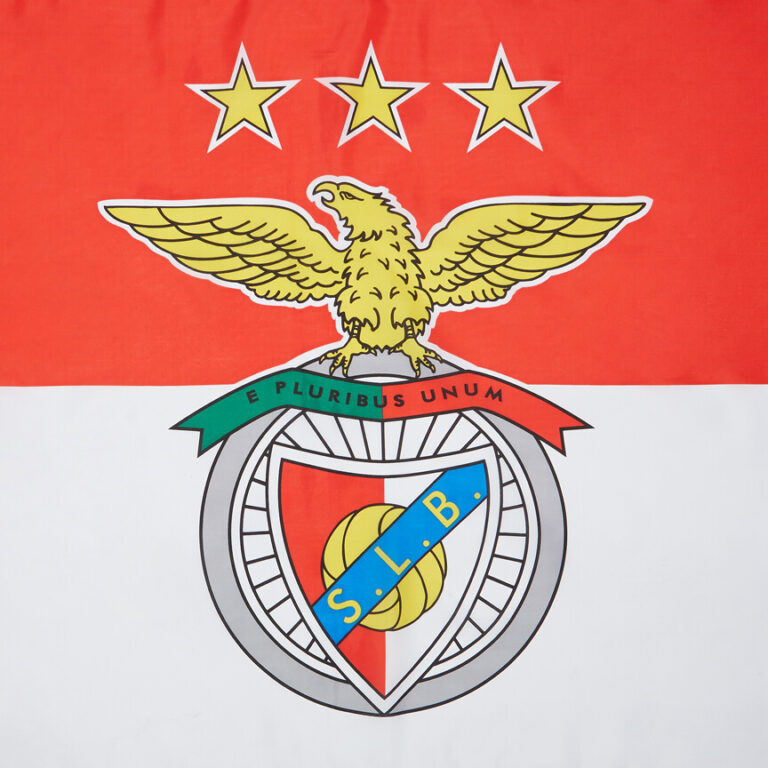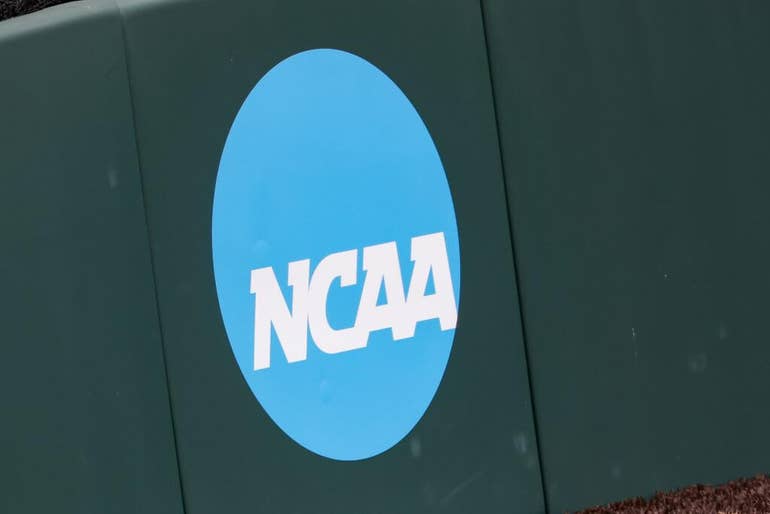
In one of the most significant legal developments in college sports history, the plaintiffs’ attorneys involved in the House v. NCAA antitrust case are set to receive approximately $750 million in legal fees as part of the recently announced settlement agreement. The staggering figure, while drawing attention, reflects both the complexity and the historic scope of the case, which has reshaped the financial landscape of college athletics.
The House v. NCAA lawsuit, originally filed in 2020, challenged the NCAA’s long-standing restrictions on college athletes receiving compensation related to their name, image, and likeness (NIL). While NIL reforms began rolling out in 2021, this particular case aimed to hold the NCAA and its member schools financially accountable for decades of unpaid labor by athletes who were generating billions in revenue for institutions, television networks, apparel companies, and other corporate entities.
The case was led by a high-powered legal team representing thousands of current and former college athletes who claimed that the NCAA’s previous rules violated antitrust laws. The landmark settlement—reported to be worth over $2.7 billion—includes back pay for athletes who were denied NIL opportunities in the years leading up to the NCAA’s policy change in 2021.
Of the total settlement amount, approximately $750 million has been allocated to the attorneys representing the plaintiffs. This figure, which makes up around 27% of the total, is in line with typical class-action settlements of this magnitude, especially in complex antitrust litigation. The legal teams involved reportedly dedicated years of work, hundreds of depositions, extensive discovery, and multiple court hearings to bring the case to a successful resolution.
Legal analysts note that while the attorneys’ fees may appear excessive to some observers, they are reflective of the risk, expertise, and time involved. The plaintiffs’ lawyers undertook the case without any guarantee of compensation, operating on a contingency basis and fronting significant costs throughout the litigation process. Their work ultimately led to a transformative moment in college sports law—one that could permanently alter how revenue is shared between schools and athletes.
Under the terms of the broader settlement, the NCAA and the five major conferences (SEC, Big Ten, ACC, Big 12, and Pac-12) have agreed not only to compensate athletes for past restrictions but also to implement a new revenue-sharing model going forward. While full details of the forward-looking plan are still being finalized, it will likely allow schools to directly pay athletes a portion of the revenue derived from broadcasting rights, sponsorship deals, and other commercial activities—a move that would have been unthinkable just a decade ago.
For the athletes who were part of the class action, the settlement represents long-awaited justice. Many of them competed in an era when strict NCAA rules prohibited any form of compensation beyond scholarships and a limited cost-of-living stipend. Despite generating enormous profits for their schools and the NCAA, they were barred from monetizing their own names or signing endorsement deals. The settlement will distribute back payments to thousands of these athletes, many of whom have since graduated and moved on from collegiate athletics.
Reaction to the attorneys’ fee allocation has been mixed. Critics argue that the money could have gone directly to athletes or to fund programs supporting them. Others, however, point out that without the legal action and the skilled representation of the plaintiffs’ lawyers, the NCAA might never have been compelled to make such sweeping changes.
The NCAA, for its part, continues to face scrutiny over its evolving role in college sports. While it has supported the settlement as a means to bring clarity and legal closure to NIL-related disputes, the organization is also lobbying Congress to enact federal legislation that would provide antitrust protection and a consistent regulatory framework.
As the final details of the settlement are worked out in court, including the disbursement of funds to both athletes and attorneys, the case of House v. NCAA will stand as a milestone in the ongoing debate about fairness, amateurism, and compensation in college sports. It represents a major victory for athlete rights advocates—and a powerful reminder of the role the legal system can play in correcting structural imbalances that have existed for generations.
